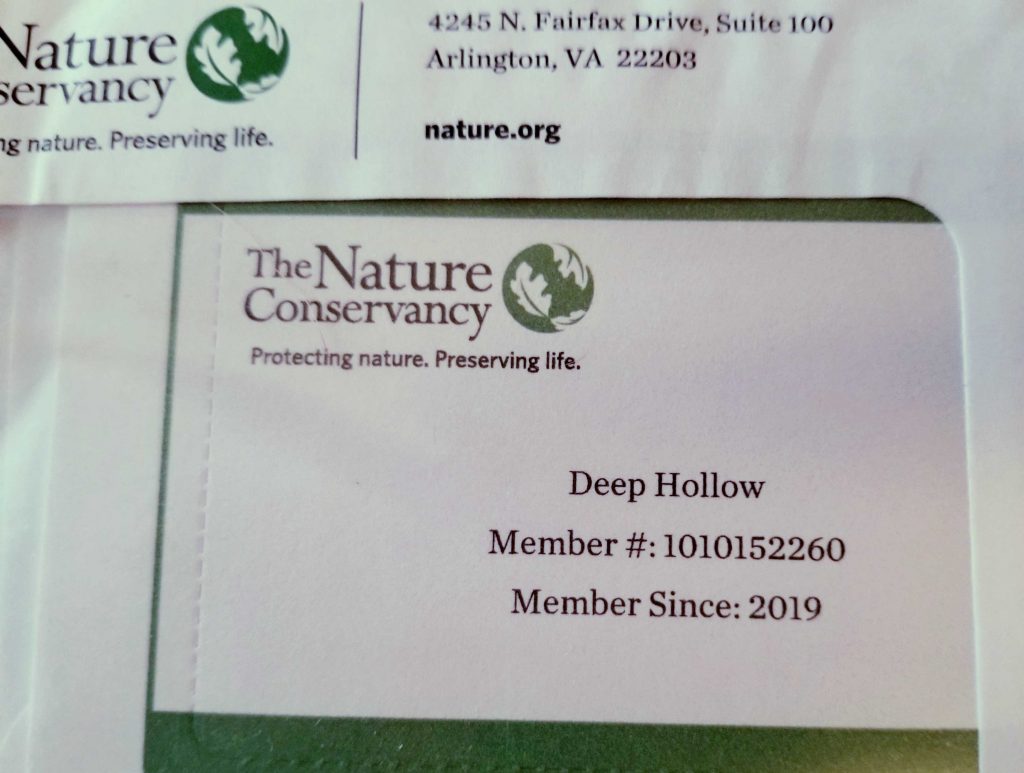Excluding the federal government, the largest landowner in Carroll County is the Nature Conservancy. For years The Nature Conservancy of Arkansas had recognized many threats to the rivers of the Ozarks, and analysis determined that the most important river to protect was our own Kings River. In 2010, the Nature Conservancy purchased seven miles of the Kings River and established the Kings River Preserve. It has been called a crown jewel of the Conservancy’s work in the state.
The preserve is so large because the previous landowner spent decades building the property, which eventually encompassed 15 different farms along the Kings River. One of the farms now owned by the Conservancy is my great-grandfather Southerland’s 600-acres located primarily in the Mason Bend near Trigger Gap.
Tim Snell is the Associate State Director of Water Resources for the Nature Conservancy of Arkansas and has been instrumental in the preservation and management of the Kings River Preserve. Talking with him, he said that the seven-mile stretch purchased is nearly pristine and there are many reasons to keep it that way. The preserve not only provides habitat for several rare species and a wilderness quality float location, but the Kings River feeds Table Rock Lake that provides drinking water to dozens of communities.
Soil erosion along the river is a major cause of water quality degradation, especially during flooding. There has been progress stabilizing the riverbanks with a multitude of advanced methods, including the planting of 40,000 additional trees. The Nature Conservancy has an extensive cadre of scientists, specialists and technical advisors who have provided expertise to improve the river corridor meandering through the Kings River Preserve.
There is always talk of eco friendly tourism in Eureka Springs and it doesn’t get any greener than this. If you get a chance, call a river outfitter and see for yourself.
The bluffs and otters and trophy small mouth bass are impressive, but what amazes me are those giant crawdads found only in the Ozarks. Did you know they can get nearly a foot long?

